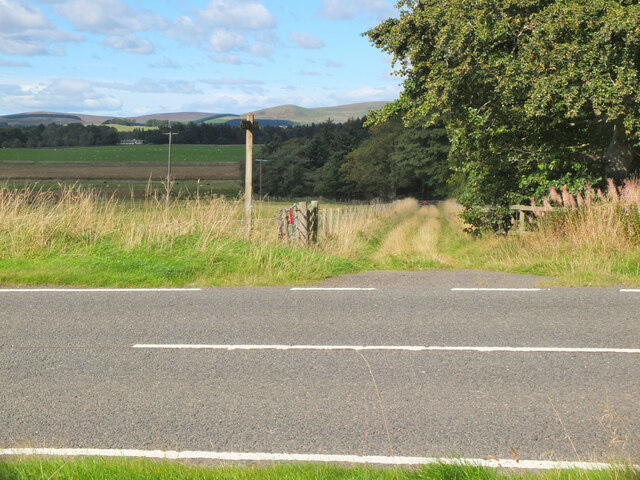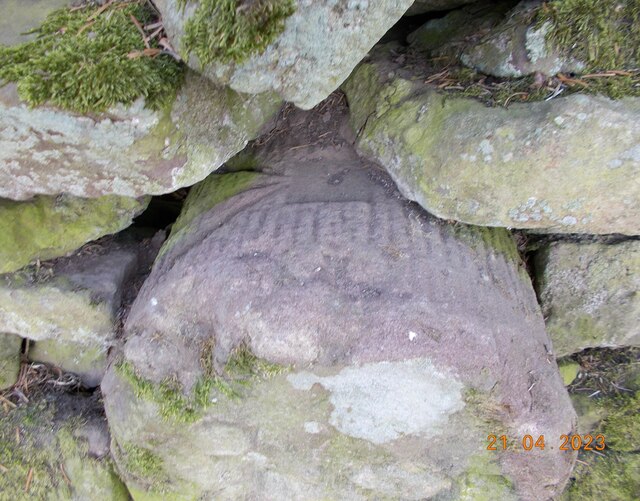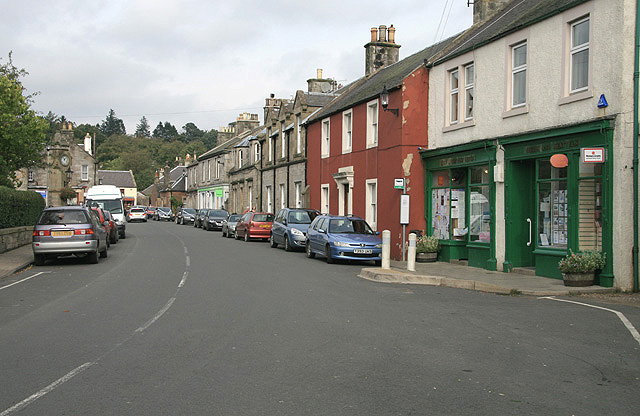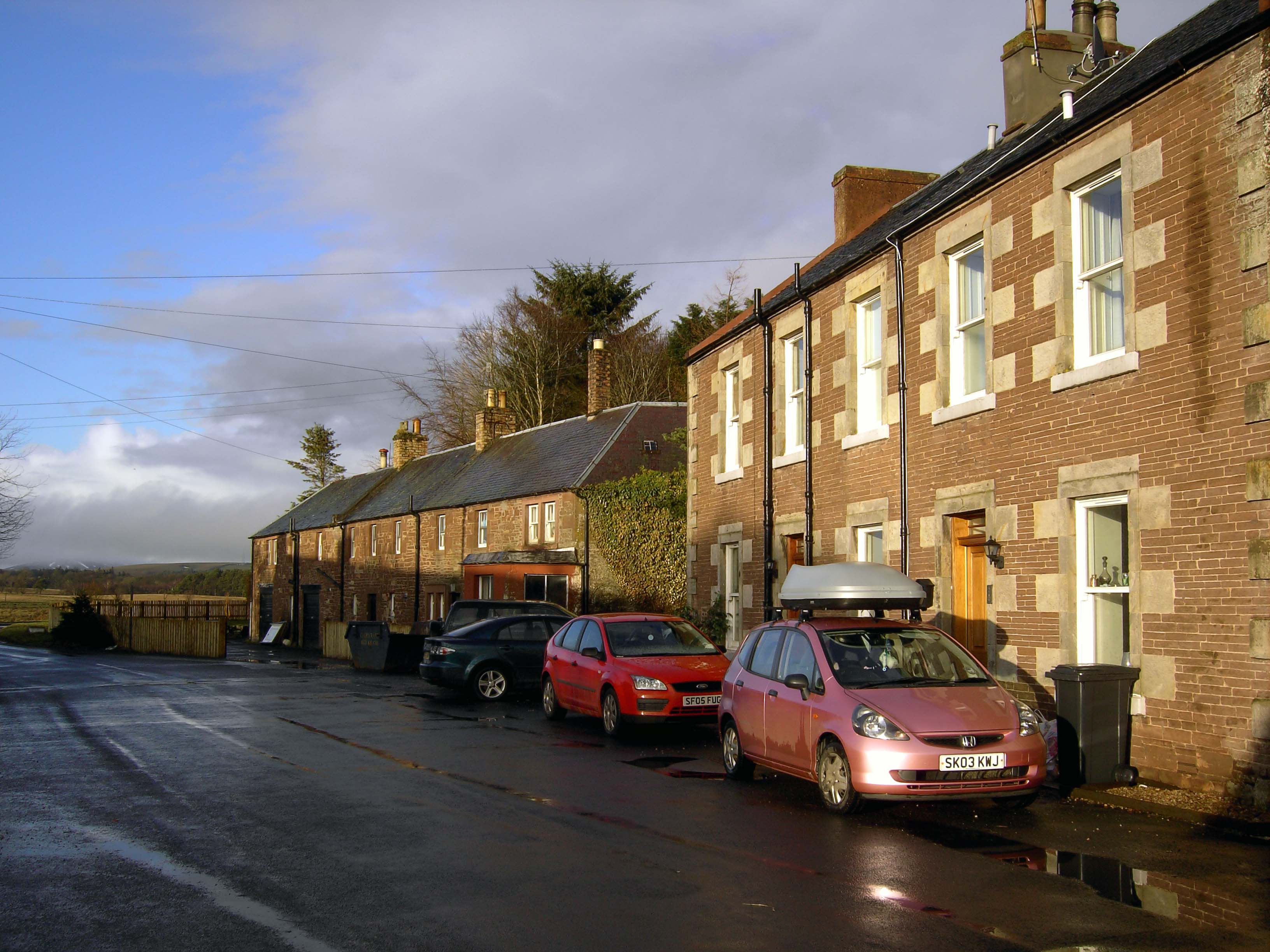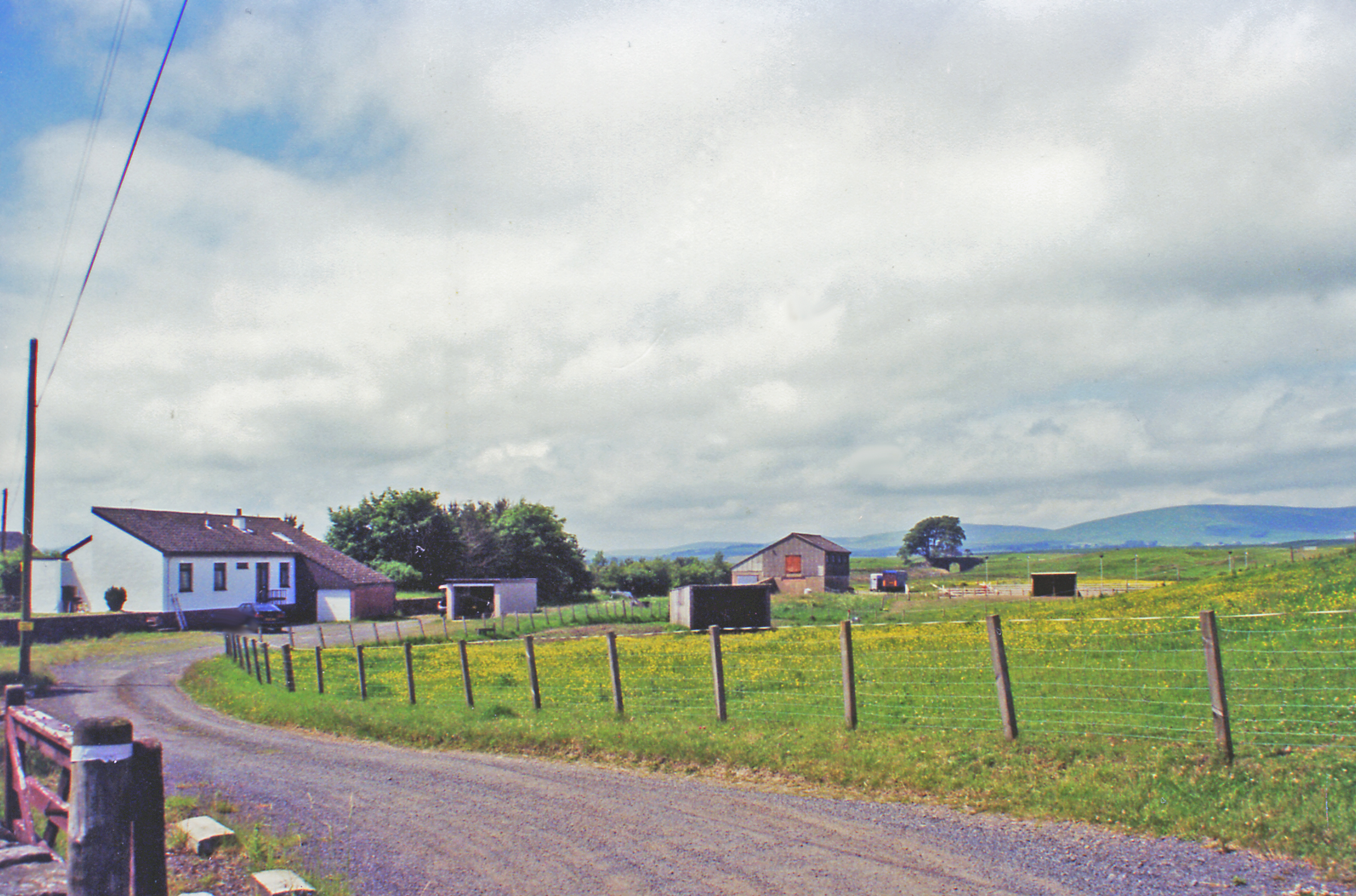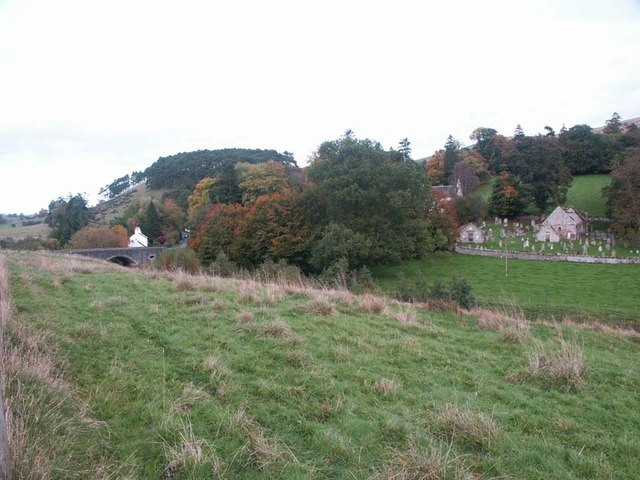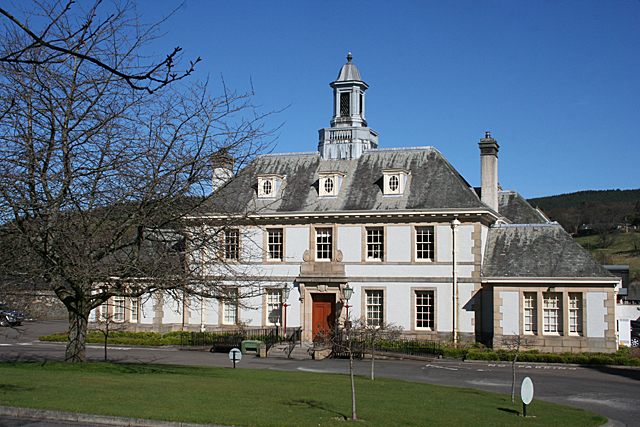Halmyre Wood
Wood, Forest in Peeblesshire
Scotland
Halmyre Wood

Halmyre Wood is a captivating forest located in Peeblesshire, Scotland. Spanning over a vast area, it is a haven for nature enthusiasts and outdoor lovers. The wood is situated near the town of Peebles and is easily accessible to visitors.
The woodland is characterized by its diverse range of trees, including oak, beech, and birch, which create a lush and vibrant environment. These trees provide a habitat for a variety of wildlife, making Halmyre Wood a great destination for birdwatching and animal spotting. Visitors may catch glimpses of red squirrels, roe deer, and numerous species of birds, including woodpeckers and owls.
There are several well-maintained trails that wind through the woodland, offering visitors the opportunity to explore its natural beauty. The paths are suitable for walkers of all abilities and provide stunning views of the surrounding countryside. Along the trails, visitors can also find informative signage that highlights the flora and fauna found in the area.
Halmyre Wood is known for its tranquil atmosphere, making it an ideal spot for relaxation and picnics. The peaceful surroundings and the sound of birdsong create a serene ambiance, offering visitors a chance to escape the hustle and bustle of everyday life.
Overall, Halmyre Wood in Peeblesshire is a picturesque forest that showcases the beauty of Scotland's natural landscapes. With its diverse wildlife, well-maintained trails, and peaceful atmosphere, it is a must-visit destination for nature lovers seeking a tranquil retreat.
If you have any feedback on the listing, please let us know in the comments section below.
Halmyre Wood Images
Images are sourced within 2km of 55.742512/-3.3179701 or Grid Reference NT1750. Thanks to Geograph Open Source API. All images are credited.




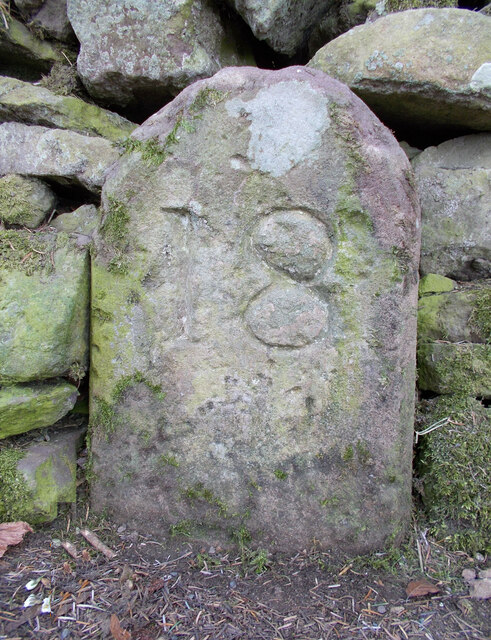
Halmyre Wood is located at Grid Ref: NT1750 (Lat: 55.742512, Lng: -3.3179701)
Unitary Authority: The Scottish Borders
Police Authority: The Lothians and Scottish Borders
What 3 Words
///canoe.store.year. Near West Linton, Scottish Borders
Nearby Locations
Related Wikis
Broomlee railway station
Broomlee railway station served the village of West Linton, Peeblesshire, Scotland, from 1864 to 1933 on the Leadburn, Linton and Dolphinton Railway....
Macbie Hill railway station
Macbie Hill railway station served the hamlet of Coalyburn, Peeblesshire, Scotland, from 1864 to 1933 on the Leadburn, Linton and Dolphinton Railway....
West Linton
West Linton (Scottish Gaelic: Liontan Ruairidh) is a village and civil parish in southern Scotland, on the A702. It was formerly in the county of Peeblesshire...
Romannobridge
Romanno Bridge is a village on the Lyne Water, on the A701, in the Scottish Borders area of Scotland. Settlements nearby include West Linton, Halmyre,...
Lamancha railway station
Lamancha railway station served the hamlet of Lamancha, Peeblesshire, Scotland, from 1864 to 1933 on the Leadburn, Linton and Dolphinton Railway. ��2...
Newlands, Scottish Borders
Newlands is a parish in the Tweeddale committee area of the Scottish Borders council area, in southeastern Scotland. == Geography == Newlands is on the...
Tweeddale
Tweeddale (Scottish Gaelic: Srath Thuaidh/Tuaidhdail) is a committee area and lieutenancy area in the Scottish Borders council area in south-eastern Scotland...
Bordlands
Bordlands is a village in the Parish of Newlands in the Scottish Borders area of Scotland. The former name of Bordlands was Boreland. == See also == List...
Nearby Amenities
Located within 500m of 55.742512,-3.3179701Have you been to Halmyre Wood?
Leave your review of Halmyre Wood below (or comments, questions and feedback).








